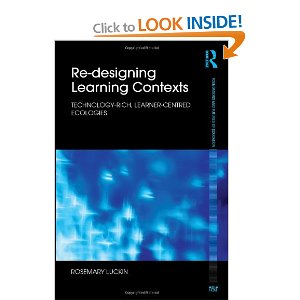I want to return to the 19 Learning Acts that have been observed to occur when students are learning with digital media and to consider the act of Browsing.
A while ago I wrote about the OECD report into 15-year-olds’ educational attainment in maths, reading, science and digital skills. The negative message from this report was that less use of the internet is linked to better reading performance and frequent use of technology in school is linked to lower performance. BUT digging deeper into the data revealed that what students most commonly do with computers is dominated by browsing the internet, with 42% of students doing this once a week or more. When students did schoolwork at home, once again browsing was the most popular activity.
So what is browsing and how can it be more effective?
Browsing is an interaction with knowledge structures whereby the learner searches for relevant items. This search may be improvised and opportunistic: this is the more traditional sense of “browsing” OR it can be guided by principled rules in which case we would call it “strategic” browsing. It is fine for learners to take part in some exploration through unguided browsing, but it is essential that educators also help learners to develop the skills necessary to become more strategic.
The sorts of skills needed can be found in many accounts of 21st Century skills, for example, that proposed by the World Economic Forum. These include critical thinking and persistence, both of which would help learners to be more strategic in their browsing, particularly if we add in a good dose of meta cognition. Critical thinking and meta cognitive skills can be taught and they have been show to support learning.


Leave a comment